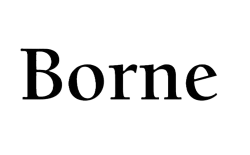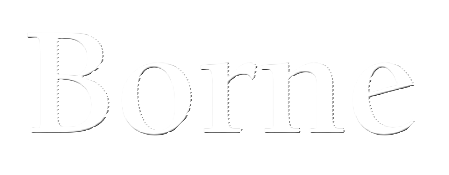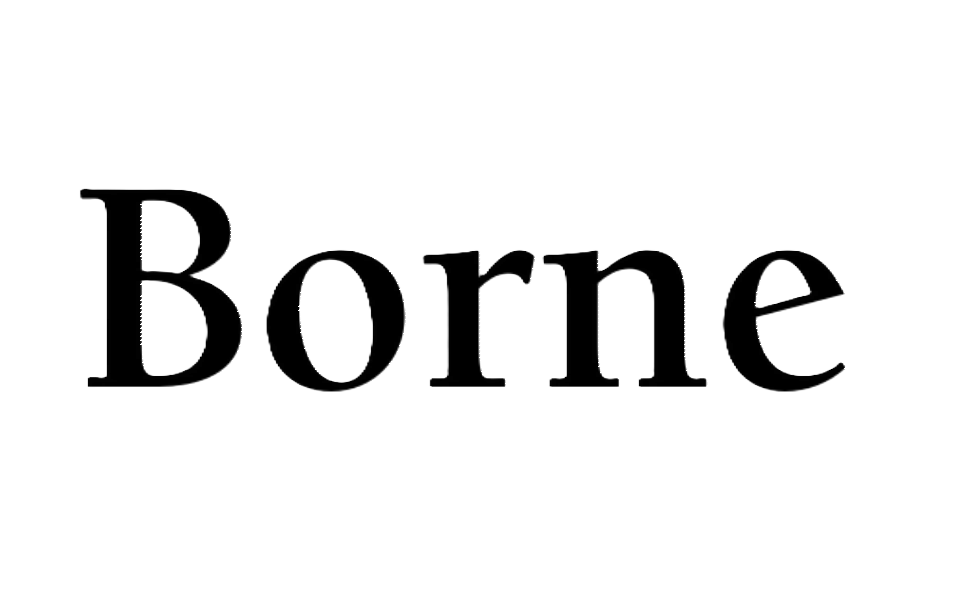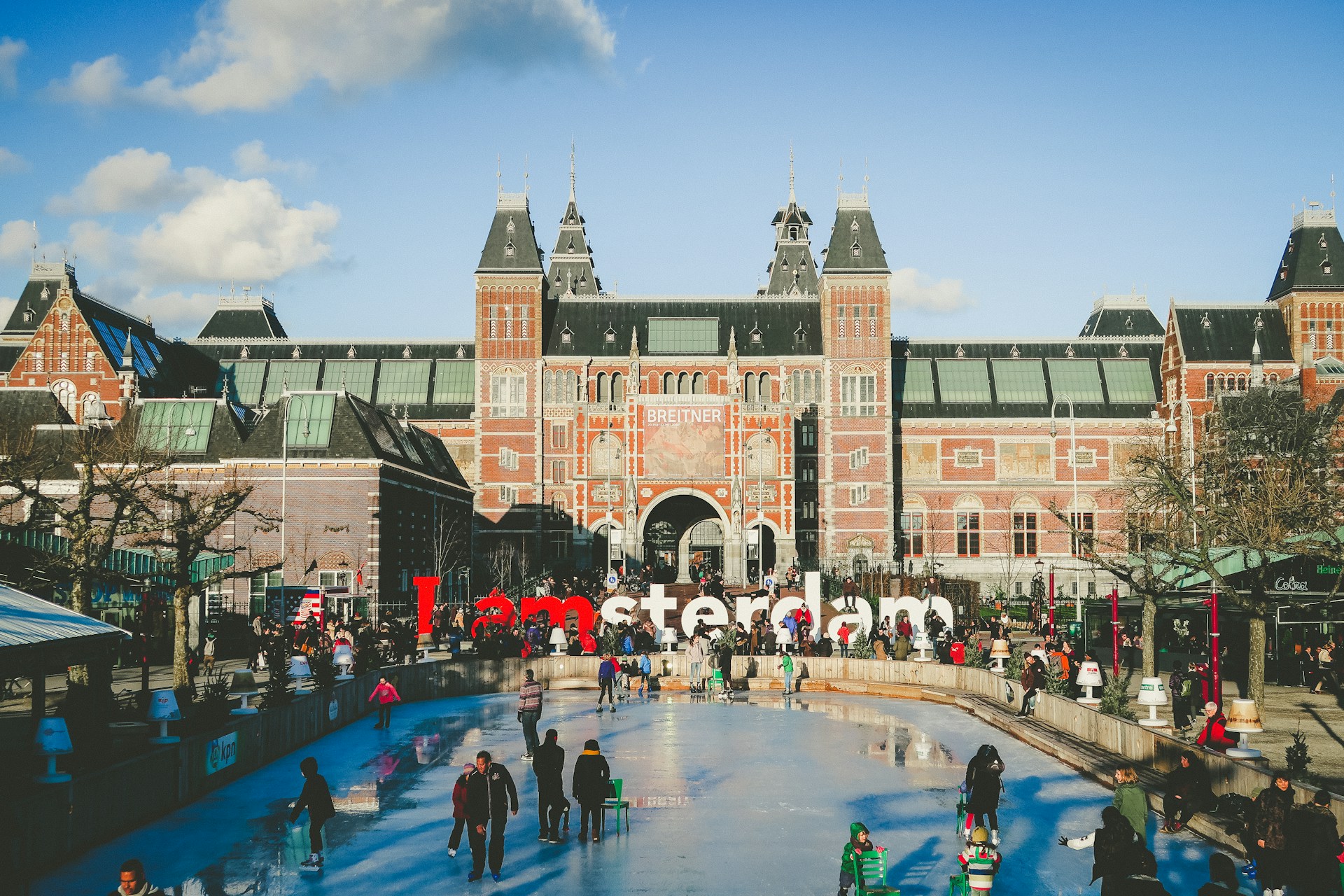
Dutch Alphabet: Master 26 Letters and Unlock Dutch
If you’ve decided to learn Dutch, one of the first steps is mastering the Dutch alphabet. It might look familiar if you already know English, as Dutch uses the same 26 letters! The only thing is the way these letters are pronounced can be quite different from English. You’re also going to have to master digraphs, which are combinations of letters in Dutch. In this beginner-friendly guide, we’ll walk you through the Dutch alphabet, how to pronounce each letter, some example words, digraphs and a few tips to get the sounds just right.
Exploring Vowels in Dutch
Let’s start learning the Dutch alphabet with the five Dutch vowels. a, e, i, o and u.
Each can be pronounced in a short, clipped way or stretched into a longer sound. For example, the short a in kat (cat) sounds like the “a” in “father,” while the long aa in kaas (cheese) is closer to “ahh.” Similarly, e can be short as in pen (pen) or long as in beer (bear), with its tone getting tweaked with each shift. The vowel i is short in pit (seed), but lengthens in dier (animal).
Meanwhile, o jumps from the brief pot (pot) to the drawn-out boot (boat). Finally, u sounds like the “u” in “cute” when it’s short in bus (bus), but stretches into “oo” in uur (hour). Getting these sounds right takes practice. Let’s review those klinkers (vowels) in more detail now!
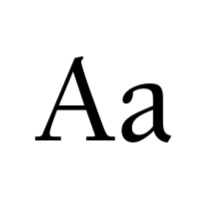
A
The short "a" sounds like the "a" in "hat" in English. Think of a quick "ah." An example is "kat" (cat). The long "aa" sounds like a drawn-out version of the short "a," but it's slightly deeper, like the "a" in "father." An example is "kaas" (cheese). You'll hold it a bit longer.
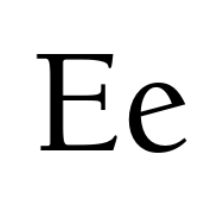
E
The short "e" sounds like the "e" in "bed" in English. It’s short and sharp. An example is "pet" (cap). The long "ee" sounds like "ay" in the English word "say." It’s a clear, stretched "eh" sound. An example is "meer" (lake). There's also an unstressed "e" that's like the "a" in the English word "about." It’s a neutral, mumbled sound. An example is "de" (the).
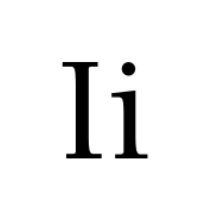
I
The short "i" in Dutch sounds like the "i" in "bit" in English. It’s short and sharp. An example is "vis" (fish), pronounced like "fis." The long "ie" sounds like the "ee" in the English word "see." It’s a clear, stretched "ee" sound. An example is "fiets" (bike), pronounced like "feets."
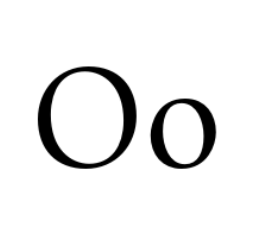
O
The short "o" in Dutch sounds like the "o" in "hot" in English. It’s a short, rounded sound. An example is "bot" (bone). The long "oo" sounds like the "oa" in the English word "boat." It’s a clear, stretched "oh" sound. An example is "boot" (boat), pronounced like "boat" but without the "w" sound.
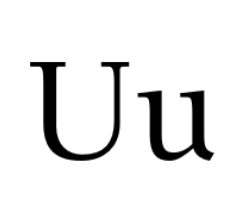
U
The short "u" in Dutch sounds like the "u" in the French word "lune." It’s a short sound that comes from the front of the mouth. An example is "put" (well), pronounced like "püt" (with rounded lips). The long "uu" sounds like the "u" in French "rue" or the German "über." It’s a clear, stretched "u" sound. An example is "duur" (expensive).
Mastering Dutch Consonants
Most Dutch consonants in the Dutch alphabet are similar to English. Take B, D, K, L, M, N, P, T and Z. They’re pronounced the same in Dutch as in English. Other consonants, such as G, R, V and W, need some attention. Dutch also has some consonant combinations, like SCH and NG, that produce some unique sounds.
One of the biggest challenges for English speakers is the Dutch “G”, which has a guttural, throaty sound similar to the “ch” in the Scottish word “loch” or the Arabic “kh” sound. Another tricky letter is the Dutch “R.” Some speakers roll it with the tongue (like in Spanish), while others pronounce it in the back of the throat. Meanwhile, the Dutch “V” is softer than in English, sounding closer to an “F.” And, the Dutch “W” sounds somewhere between an English “V” and “W.” Understanding and practicing some of these sounds will help you learn the Dutch alphabet fast and sound more natural when you speak Dutch.
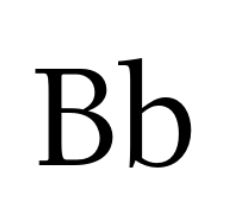
B
The Dutch "B" is pronounced much like the English "B" in bat or book. An example is "boom" (tree), pronounced like "bohm" with a slightly rounded "o." At the end of words, the "B" often softens and sounds closer to a "P." For example, "krab" (crab) may sound more like "krap" when spoken.
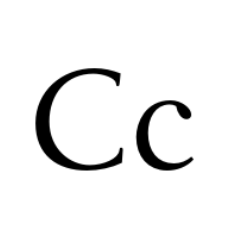
C
The Dutch "C" doesn’t have a single pronunciation. Instead, it changes depending on the word. When followed by "e," "i" or "y," it’s pronounced like an "S", as in "cent" (cent), which sounds like "sent." When followed by "a," "o" or "u," it’s pronounced like "K", as in "club" (club), which sounds like "klub."
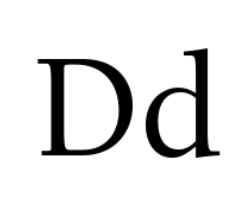
D
The Dutch "D" is pronounced like the English "D" when it's at the beginning of a word. An example is "dag" (day), which sounds like "dakh" with a bit of a guttural ending. At the end of a word, the "D" in Dutch is pronounced more like a soft "T." An example is "hond" (dog), which sounds like "hont."
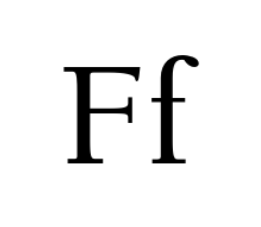
F
The Dutch "F" is pronounced like the English "F." It's made by pressing your top teeth against your lower lip. An example is "fiets" (bike), which sounds like "feets." Unlike some Dutch consonants, "F" doesn't change its sound when it's at the end of a word.
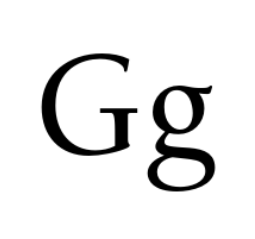
G
The Dutch "G" has a unique guttural sound that doesn’t really exist in English. It’s pronounced with a rough, throaty rasp. It's similar to the "ch" in the Scottish word "loch" or the Spanish "j" in "José." At the beginning of a word, it’s strong, and pronounced deep in the throat. An example is "goed" (good), which sounds like "khood." In the middle or at the end of a word, it can be slightly softer, but still has that raspy quality. An example is "dag" (day), which sounds like "dakh."
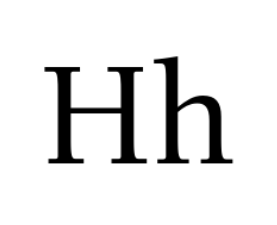
H
The Dutch "H" is pronounced like the English "H" in "hello." An example is "huis" (house), which sounds like "hows." The Dutch "H" is always pronounced when it appears at the start of a word. However, in a few cases, it may sound softer in rapid speech even though it's still there. An example is "hier" (here), which is pronounced as "heer".
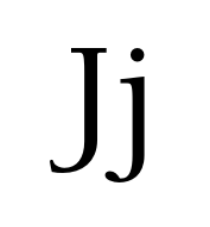
J
The Dutch "J" is always pronounced like the English "Y" in "yes." An example is "jaar" (year), which sounds like "yaar." Another example is "jong" (young), which is pronounced like "yong" with a soft "y" sound at the beginning. It never has the hard "J" sound like in the English word "jump."
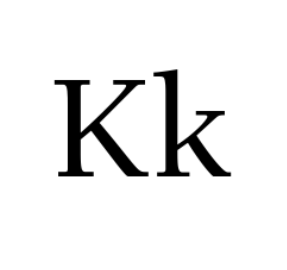
K
The Dutch "K" is pronounced like the English "K" in "kite." An example is "kat" (cat), which sounds like "kaht." Another example is "koud" (cold), which is pronounced like "kout" with a crisp "k" sound at the start.
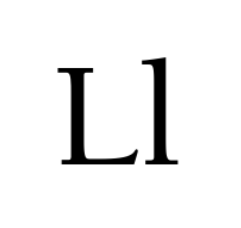
L
The Dutch "L" is pronounced like the English "L" in "love," with the tongue touching the roof of the mouth. An example is "licht" (light), which sounds like "likht" with a guttural "ch" sound. Another example is "leeg" (empty), which sounds like "laykh" with a long "ee" sound and a guttural "g" at the end.
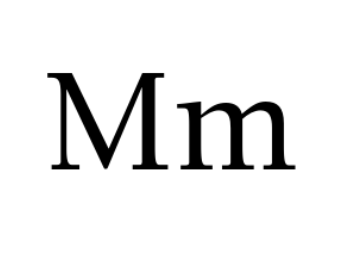
M
The Dutch "M" is pronounced just like the English "M" in "moon." An example is "maan" (moon), which is pronounced like "mahn" with a long "aa" sound. Another example is "melk" (milk), which sounds like "melk" with a clear "L" and a short "e" sound.
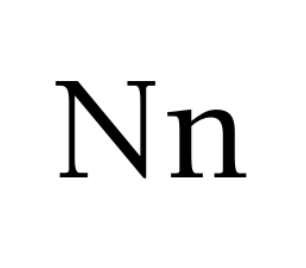
N
The Dutch "N" is pronounced like the English "N" in "night," with your tongue touching just behind the upper front teeth. An example is "neus" (nose), which sounds like "noos" with a rounded "eu" sound. Another example is "nacht" (night), which is pronounced like "nakht" with a guttural "ch" sound at the end.
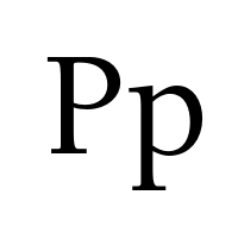
P
The Dutch "P" is pronounced like the English "P" in "pen." An example is "paard" (horse), which sounds like "paahrt" with a slightly rolled "r." Another example is "pot" (pot), which sounds like "pot" with a short "o."
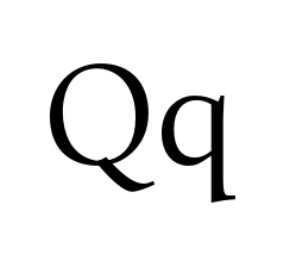
Q
The Dutch "Q" is rare and almost always appears in words borrowed from other languages. It's usually pronounced like "kw" in English. An example is "quote" (quote), which is pronounced like "kwohtuh" with a soft "uh" at the end. Another example is "quiz", which is pronounced like "kwis."

Alright, you’re close now! Only 8 consonants left before you’ve reviewed every letter in the Dutch alphabet. We’ll pick back up with R and wrap up with Z.
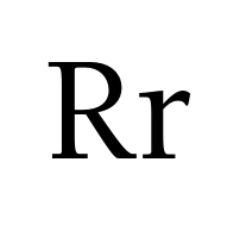
R
The Dutch "R" can be pronounced in differently depending on the region. In some areas, it's rolled like the Spanish "R." In others, it has a guttural, throaty sound. An example is "rood" (red), which can sound like "rroat" with a rolled or guttural "R." Another example is "reis" (trip), which is pronounced like "rice" with a slightly trilled "R."
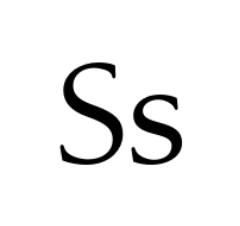
S
The Dutch "S" is pronounced like the English "S" in "sun." An example is "school" (school), which sounds like "skhole" with a guttural "ch" sound after the "s." Another example is "snel" (fast), which sounds like "snel" with a crisp "S" at the beginning.
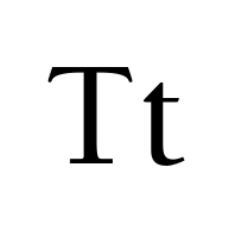
T
The Dutch "T" is pronounced like the English "T" in "top", with a clear, sharp sound. An example is "tafel" (table), which sounds like "tah-fel" with a soft "a." Another example is "tijd" (time), which is pronounced like "tite" with a long "ay" sound.
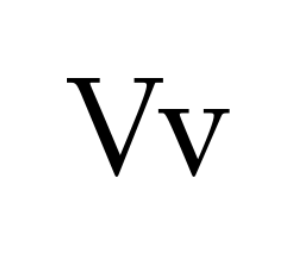
V
The Dutch "V" is softer than the English "V." It sounds between an English "V" and "F". An example is "vogel" (bird), which sounds like "fo-ghul" with a soft "g." Another example is "vlees" (meat), which is pronounced like "flays" with a long "ee" sound.
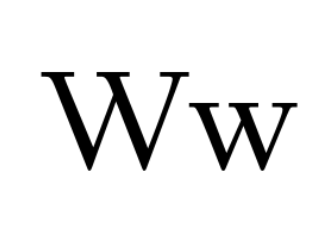
W
The Dutch "W" is pronounced softer than the English "W." It often sounds like something between an English "V" and "W". An example is "water" (water), which sounds like "vah-ter" with a soft "v" sound. Another example is "wiel" (wheel), pronounced like "veel" with a long "ee" sound.
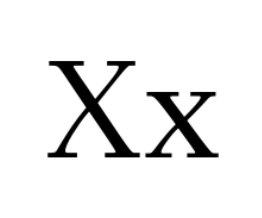
X
The Dutch "X" is mostly found in borrowed words and is not very common in Dutch. It is usually pronounced like "ks" in English. An example is "exact" (exact), which is pronounced like "ek-zakt." Another example is "taxi" (taxi), which sounds like "tak-see", also similar to English.
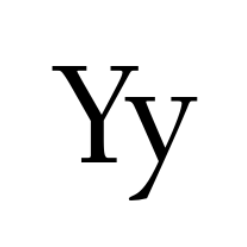
Y
The Dutch "Y" is rare and mostly appears in borrowed words. It is usually pronounced like the English "y" in "yes." An example is "yoga" (yoga), which is pronounced like "yo-gah", similar to English. In some cases, especially in older words, it can sound like "ee" (as in "see"), but this is less common.
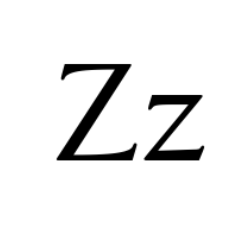
Z
The Dutch "Z" is pronounced like the English "Z" in "zebra," but it can sound softer, almost like an "S" in some accents. An example is "zomer" (summer), which is pronounced "zoh-mer" with a clear "Z" sound at the beginning. Another example is "zeven" (seven), which sounds like "zay-ven", with a long "ee" sound in the first syllable.
Mastering the Dutch Alphabet: Your Key to Pronunciation
Well done! If you’re wanting to learn Dutch, you’re going to need to master the Dutch alphabet. And, this guide is a great starting point. We recommend pairing it with Learn Dutch: 10 Key Words, the Alphabet & Essential Grammar for a gentle introduction to Dutch. Sure, Dutch does share the same 26 letters as English! But, the pronunciation of Dutch vowels and Dutch consonants as we’ve just walked through can be pretty different. Understanding how letters change based on their position in a word is needed.
By practicing the Dutch alphabet regularly, focusing on tricky sounds and practicing with the Borne app, you’ll build a strong foundation to be able to read, write and speak Dutch. Mastering the Dutch vowels and Dutch consonants we covered here will make learning the Dutch language much easier and more enjoyable. If you’re thinking about the best way to learn Dutch, we recommend you explore how to learn Dutch with AI and benefit from the convenience created by AI in language learning to learn Dutch fast and fluently.
Frequently Asked Questions
Can I really get fluent in Dutch with the Borne app?
Fluency is a loaded word. You are definitely going to need interactions in the real world to be considered fluent in a language. But, a key point here is that you can make massive strides with online language immersion and AI language learning apps like Borne, in ways that weren't possible even in the recent past. Dutch learning with Netflix, Dutch learning with YouTube and Dutch conversations on your favorite AI language learning app, these just weren't even a thing in the recent past. It's a new exciting ecosystem for Dutch language learners.
One thing we all know is that if you're trying to speak a new language too early in your language learning journey, it can be intimidating and discouraging if you're trying to engage with native speakers in a new country. This new world of online language immersion and AI language learning apps can soften these awkward early interactions, by giving you the opportunity to practice speaking in a judgment-free environment and hone your listening skills in the comfort of your home. Then, you'll be more confident and prepared when you do head out into the real world and engage with native speakers!
How can AI help me learn to speak Dutch?
AI makes it possible for Dutch learners to have immersive experiences with a simple Internet connection. AI language learning apps like Borne offer on-demand, 24/7 access to Dutch conversation. It's like being able to have an interaction with a native Dutch speaker who gives you real-time feedback whenever you want. This is needed to get fluent in Dutch. AI can also introduce you to idioms and slang, making you sound more like a native Dutch speaker. It's an efficient and effective tool to learn Dutch fast and to speak Dutch fluently!
What is Borne, and how does it work?
Borne is an AI-powered language learning app that simulates conversations with an AI language partner to help you improve your speaking and listening skills. You can choose from Spanish, French, English, Italian, German, Portuguese, Dutch and Swedish. The app offers personalized lessons, practice conversations and immersive adventures, while providing feedback in real-time on your pronunciation, grammar and phrasing. Borne leverages advanced AI to deliver an affordable, on-demand and pressure-free Dutch learning experience, offering all the benefits of traditional tutoring at a fraction of the cost.
What Dutch level should I be to use the app?
You can use the Borne app at any level of Dutch, as a complete beginner or as an advanced Dutch speaker. If you don’t understand what Borne is saying, click on the text to see the text translated to your native language. You can then also click on individual words to learn more about a word. If you’re unsure how to respond, simply click the help icon at the bottom left and type what you want to say in your native language to have it translated into Dutch. These tools keep you immersed in the language, while providing a safety net whenever you encounter unfamiliar words or need assistance.
Eddie Duszlak
Eddie Duszlak is the co-founder and Chief Language Learner at Borne. Prior to Borne, he spent his career as a global investor, leading investments for some of the world’s leading institutions. He holds a B.A. in Asian Studies from Dartmouth College and an M.B.A. in Economics from the University of Chicago. A lifelong language learner, he is currently working on his Spanish and French in the Borne app daily from his home base in North Carolina.
